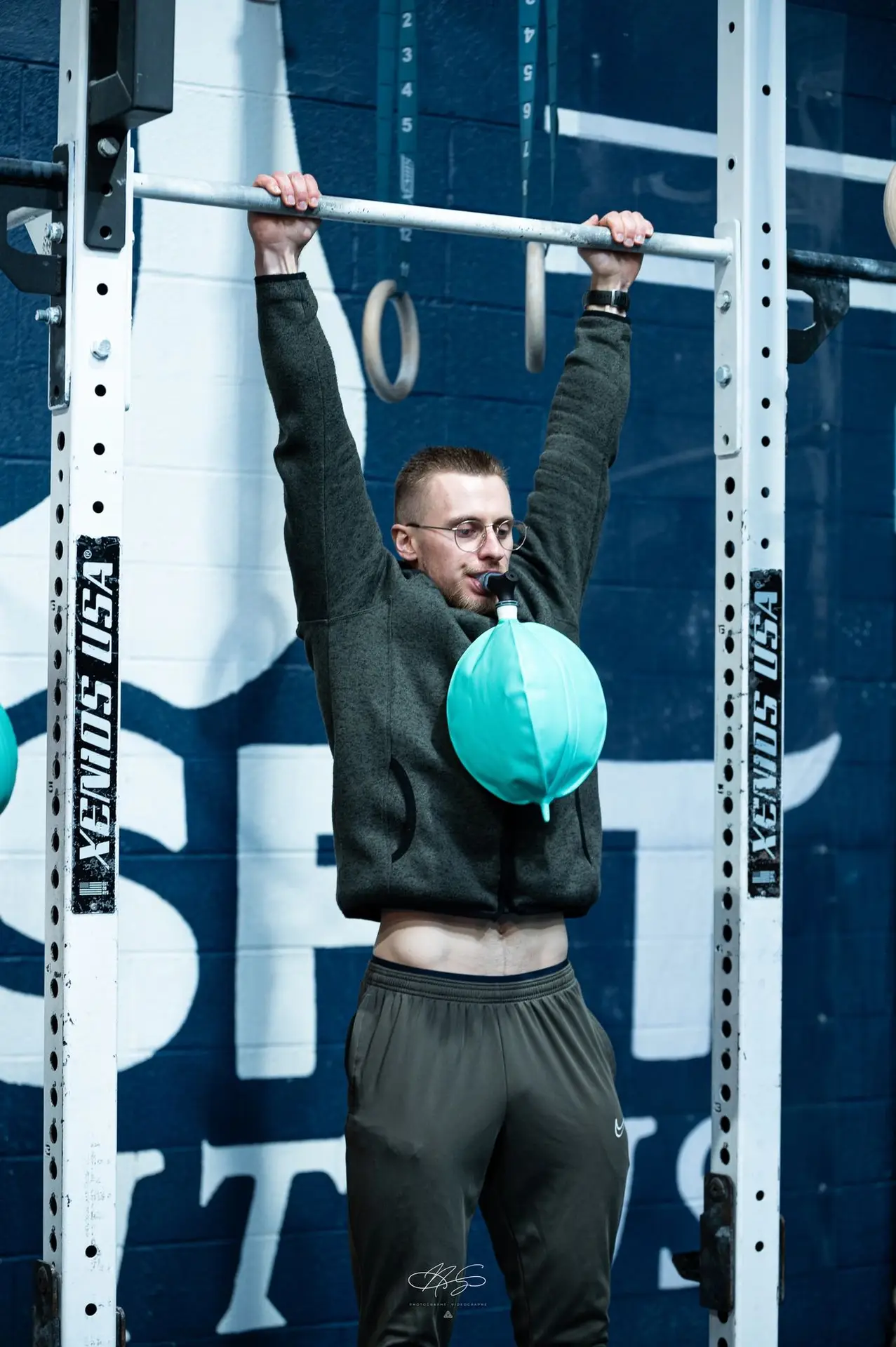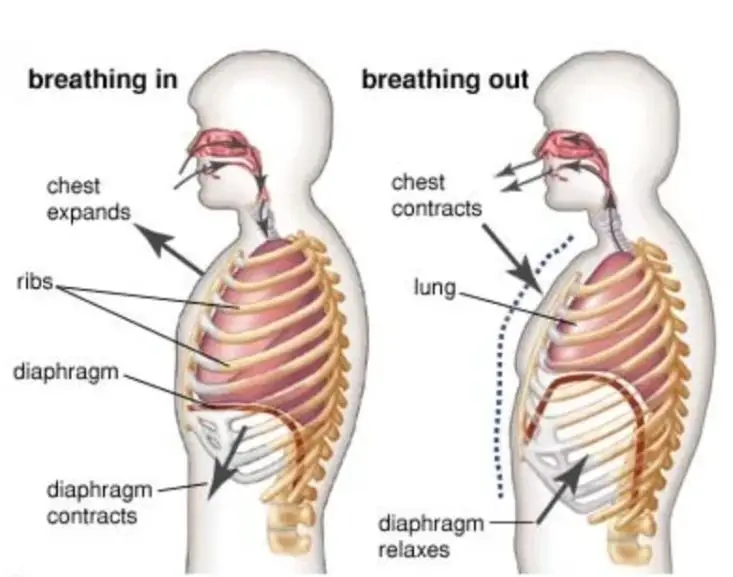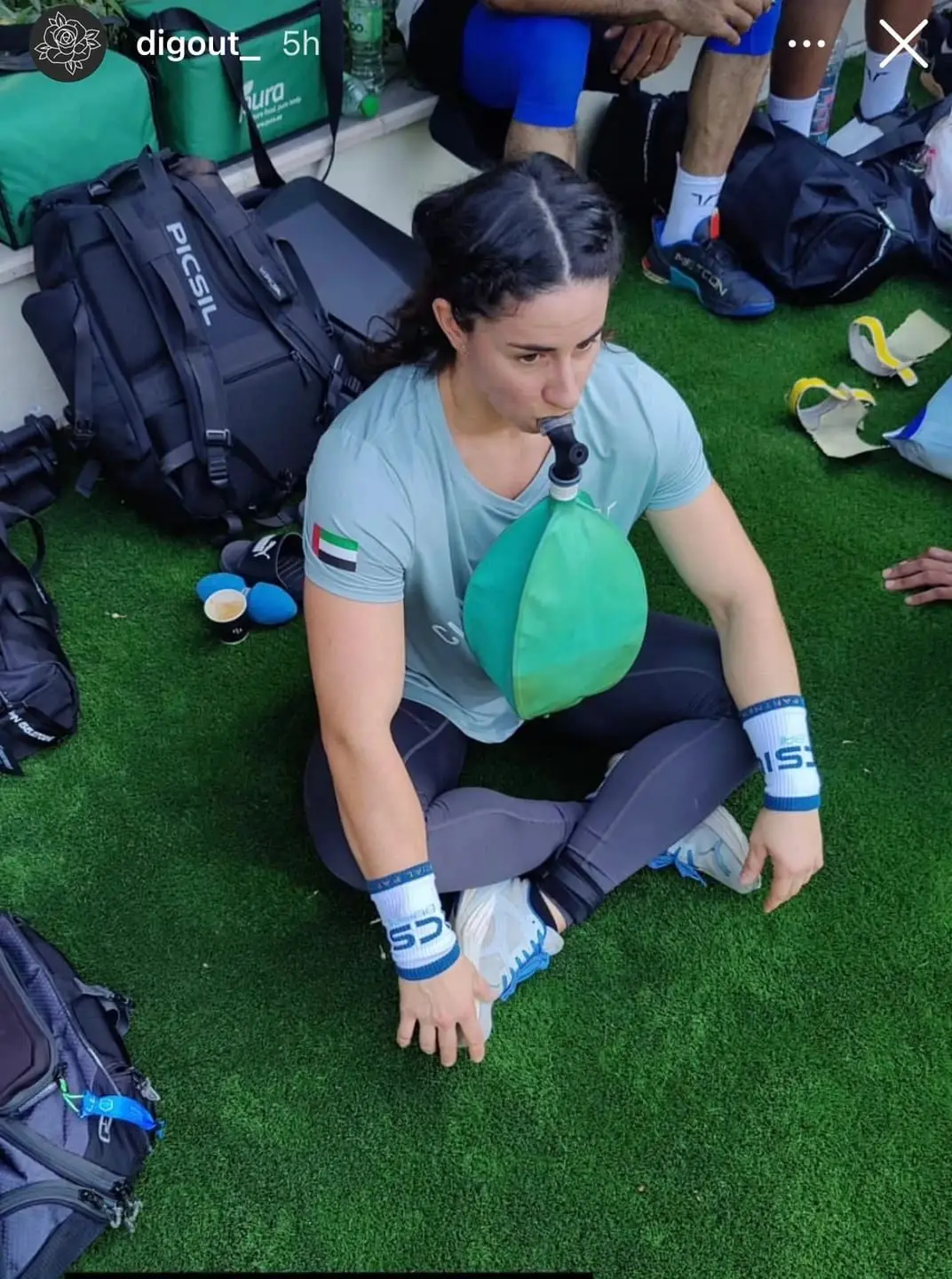
As athletes continually seek innovative avenues to elevate their performance, one often-underestimated powerhouse within the human body emerges—the respiratory system. In this exploration, we delve into the intricate dance between Isocapnic respiratory training and strength and conditioning plans, unraveling the distinctive qualities of the respiratory system’s musculature and its profound impact on the athletic landscape.
The Musculature of the Respiratory System:

The respiratory system is not just a passive mechanism for breathing; it houses a complex network of muscles that play a crucial role in our ability to move, stabilize, and perform athletically. The primary muscle responsible for breathing is the diaphragm, a dome-shaped muscle located beneath the lungs. But the respiratory muscles extend beyond the diaphragm, including the intercostal muscles between the ribs, the abdominal muscles and the accessory muscles in the neck and upper back.
Unique Qualities of Respiratory Range of Motion:
Unlike traditional muscles targeted in strength and conditioning programs, the respiratory system operates in a dynamic range of motion. A fascinating characteristic is that the respiratory system rests in the mid-range of motion, requiring energy to expand and contract fully. Without proper conditioning and maintenance of this range, the diaphragm can stiffen and atrophy over time, impacting overall athletic performance.
Diaphragmatic Stability and Complex Movements:
The diaphragm, a key player in the respiratory system, is not merely a breathing muscle. It wraps around the spine, contributing significantly to core stability. This stability is paramount for athletes engaged in complex movements such as running, lifting, or any sport that demands dynamic control. Isocapnic respiratory training helps maintain and enhance the flexibility and strength of the diaphragm, providing a solid foundation for athletes to excel in their chosen disciplines.
Applicability Across Athletic Disciplines:

Contrary to the misconception that respiratory training is exclusive to endurance athletes, the implications of Isocapnic’s approach extend across a spectrum of sports. Whether you’re a baseball player perfecting your swing, a football athlete maneuvering through intense plays, a basketball player making explosive jumps, a CrossFit enthusiast pushing through WODs, a mixed martial artist engaging in high-intensity bouts, or a strongman competitor showcasing immense strength, Isocapnic respiratory training can be a game-changer.
In the pursuit of athletic excellence, it’s imperative to recognize the integral role of the respiratory system in overall performance. Isocapnic respiratory training, with its focus on conditioning the unique musculature of the respiratory system, stands as a formidable ally for athletes across diverse disciplines. By incorporating the Breathe Way Better device into strength and conditioning plans, athletes can unlock their full potential, ensuring that every breath contributes to their success on the field, court, or in the gym.



